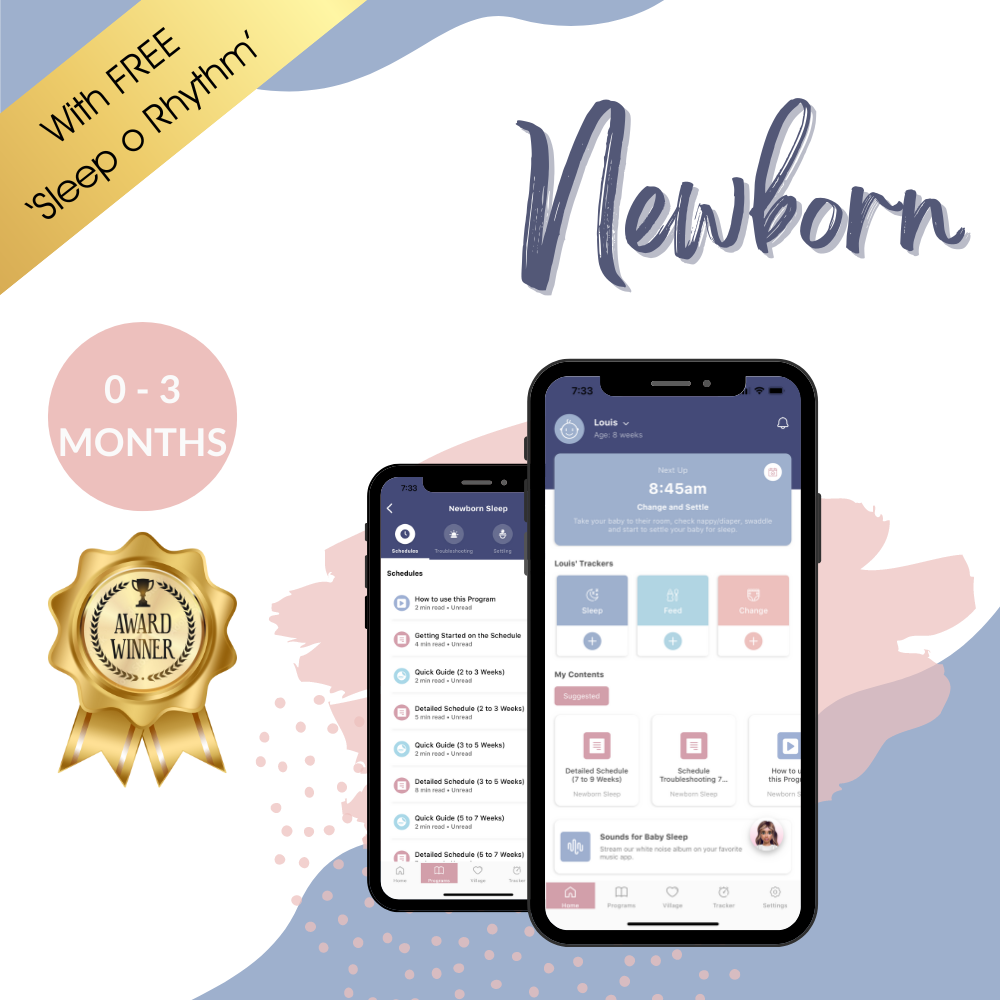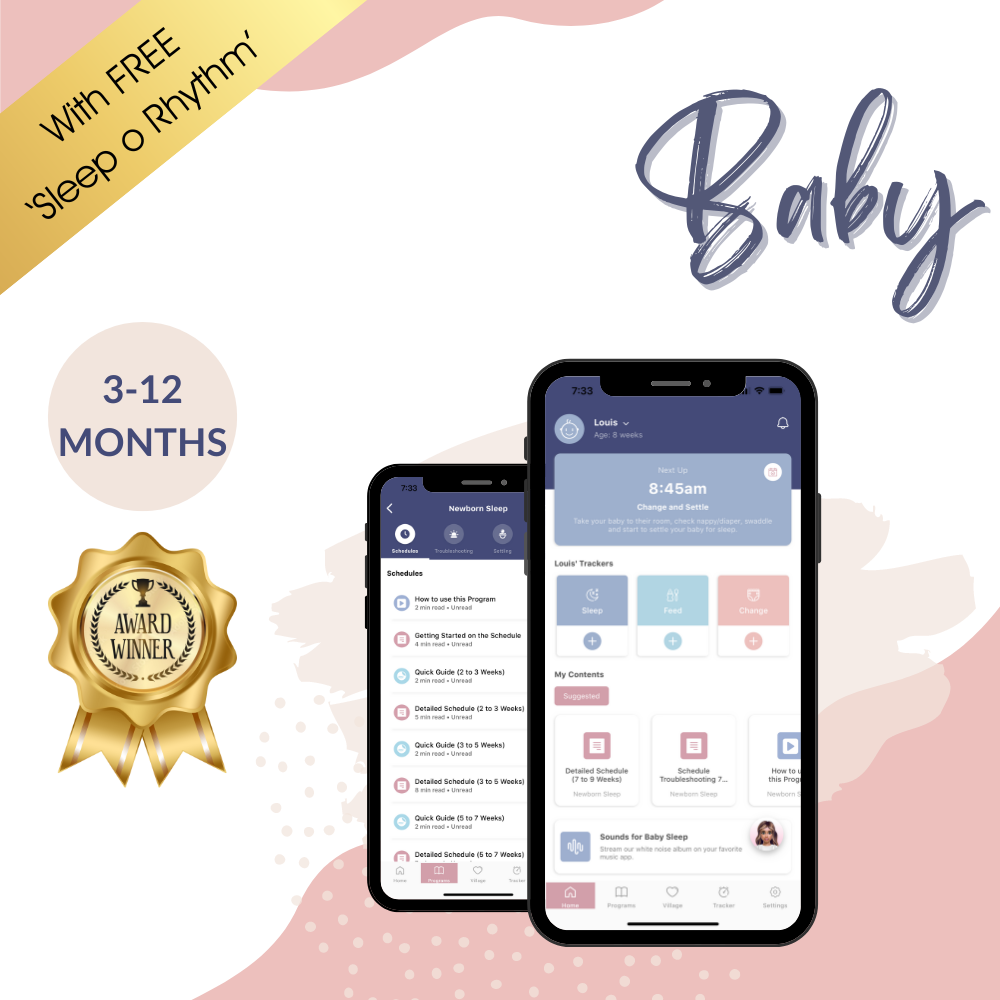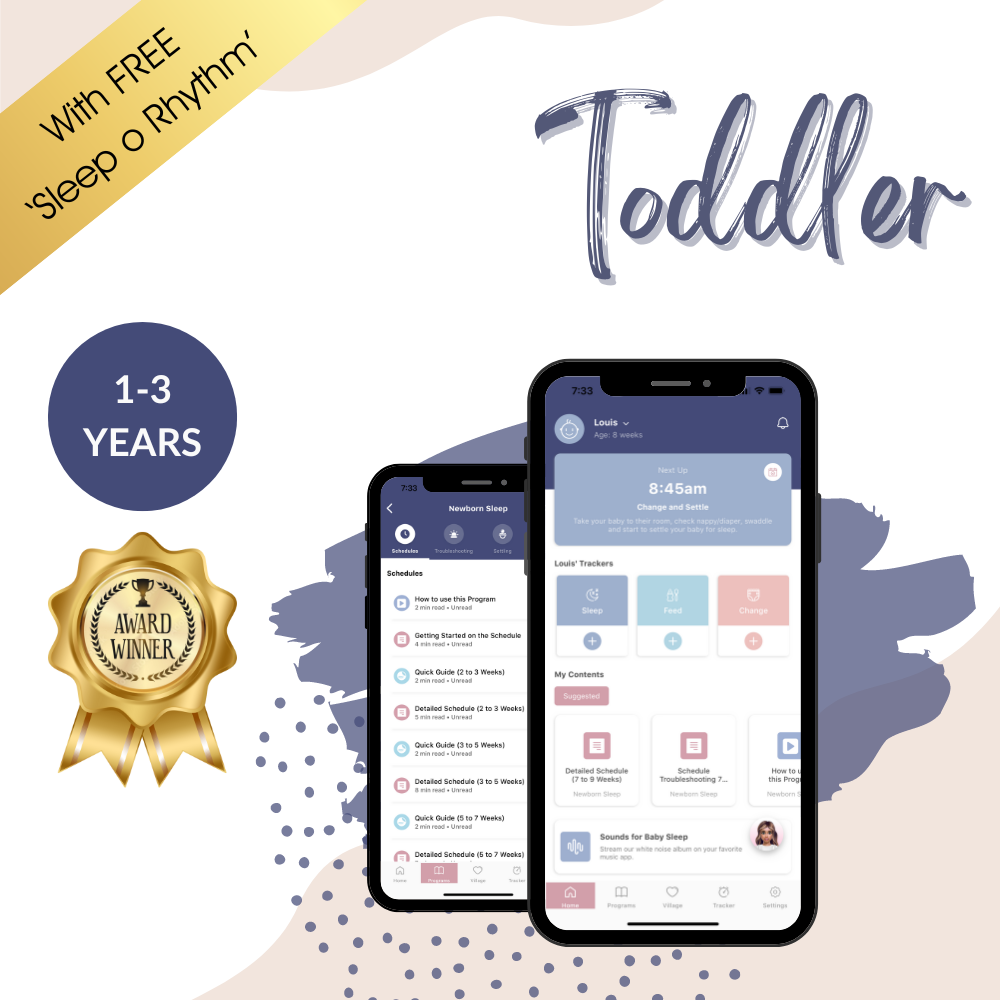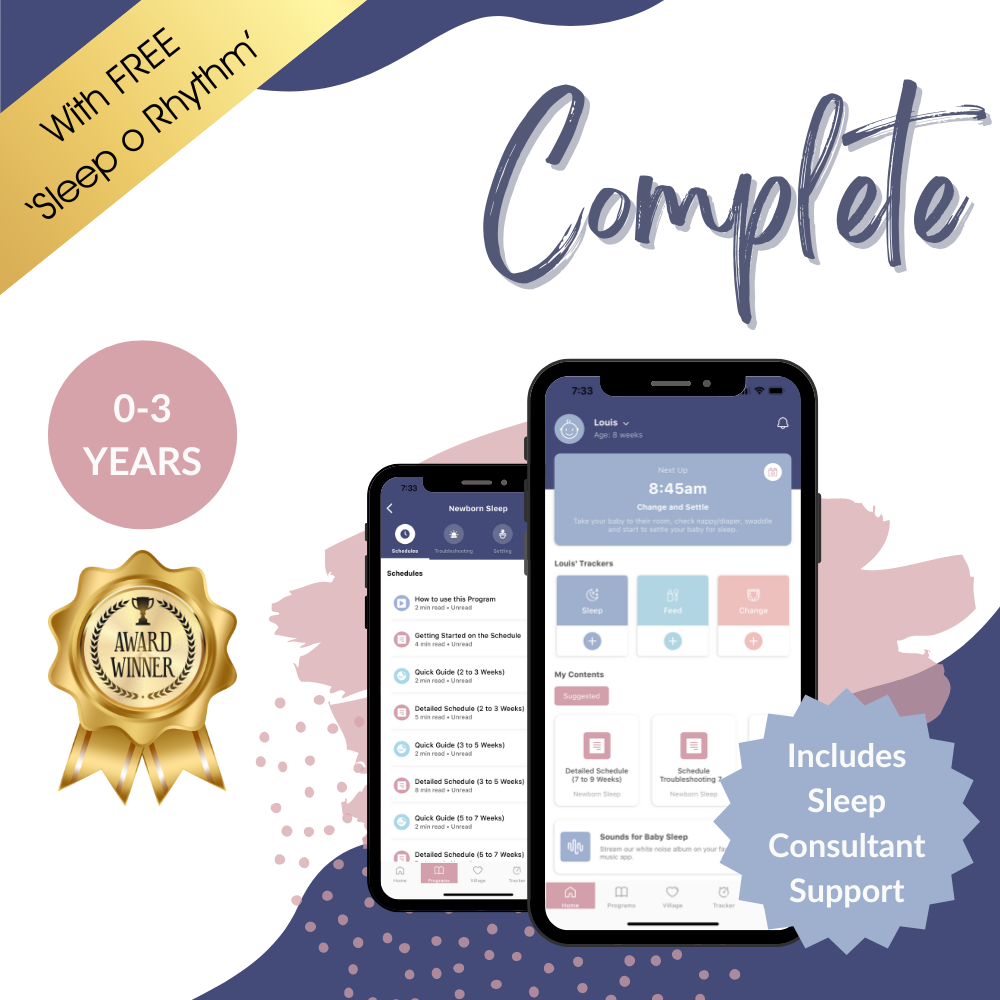
Day/Night Confusion
Is your newborn sleeping all day but partying at night? If the answer is yes, don’t worry this is very common in newborns!
In fact, between the ages of 0-3 months, it takes a while for your baby's circadian rhythm (otherwise known as sleep/wake cycle) to kick in and this means that they can suffer what is commonly called day/night confusion.
What is day/night confusion?
It is an imbalance in your baby's very immature circadian rhythm, which basically means that their body clock hasn't set itself yet. This is why your baby may happily sleep for big stretches during the day then wake a lot more regularly at night.
What does day/night confusion look like?
Your Newborn will be napping really well during the day - maybe for up to three to four hours per nap - they'll wake up for a feed, will have minimal awake time and then they'll go back to sleep for another long stretch. Then overnight, they might be wakeful, sleeping in one to two hour chunks and feeding a lot.
Need support figuring out your newborn's sleep?
Being a new parent can be overwhelming. You probably have lots of questions. Find the answers to all your questions and more in our Sleep Programs to future-proof your newborn's sleep.
Get our Sleep Programs
What to do to resolve your little one’s day/night confusion?
Contrary to urban legends surround day/night confusion, assisting babies to remedy this condition is not just about sleeping them in a light room in the day “so they know it isn’t night-time”; we still recommend babies nap in the dark, even as newborns. When it comes to day/night confusion, it simply boils down to the fact that babies need a hand to kickstart their circadian rhythm and getting their body clock functioning properly. The best way to do this is by helping them to regulate their daytime sleep hours by having a bit more control over how long they nap for.
The most effective way to do this is by waking your baby from their naps if they are at risk of napping for too long in one go (ie, longer than 2 hours). This means they will stay awake longer during the day and they’ll also have lots of opportunities for feeds during the day, so they won’t need to make up for missed feeds overnight.
What we want to do is reverse your baby’s day/night confusion pattern and focus on having more feeds and shorter sleeps happening during the day, so that you can save the nice long stretches of sleep for the night-time, when sleep is going to be more restorative for your baby.
Watch our video about day/night confusion
Here are some more things that you can do to help your baby understand the difference between day and night during your baby’s awake windows are:
- Make sure they’re in sunlight or natural light when they’re having their awake time
- Make sure their awake times are bright and interactive
And when you’re tending to them at night when they wake, make sure:
- Their room is kept very dark with white noise still playing
- You keep stimulation to a minimum
These steps are crucial for your baby to start understanding that night-time is for longer sleep, staying calm and being settled, while daytime is for being interactive with shorter chunks of sleep.
In our Newborn Sleep Program, we recommend nap lengths and awake times that are going to give your baby good, restful sleep during the day, but not so much sleep that it’s going to interfere with the consolidation of their night-time sleep and will help your little one into a much better day/night pattern.
To find out more about what’s going on in your newborn's world at this time read our article about their rather complicated sleep needs here.
___________
Bibliography
http://www.parentingscience.com/newborn-sleep.html
https://www.ncbi.nlm.nih.gov/pmc/articles/PMC5440010/
https://www.ncbi.nlm.nih.gov/pubmed/26035139

Receive product and services updates, promotional offers and other marketing communications based.





